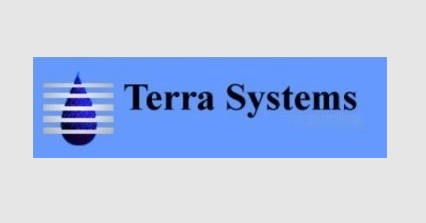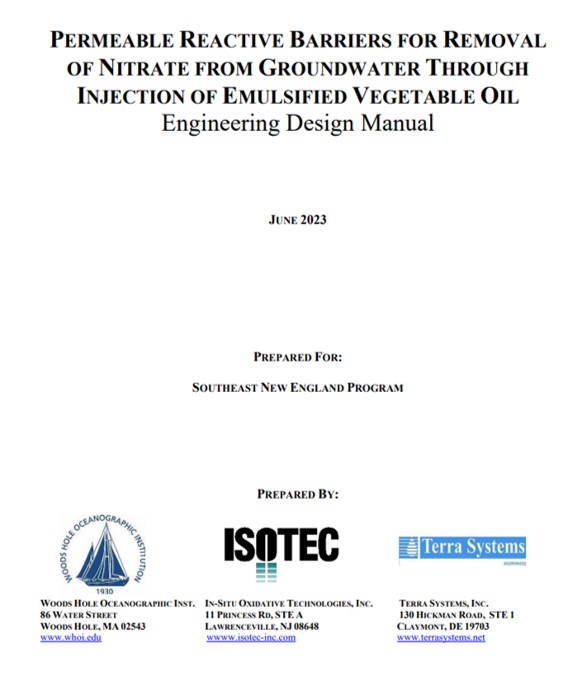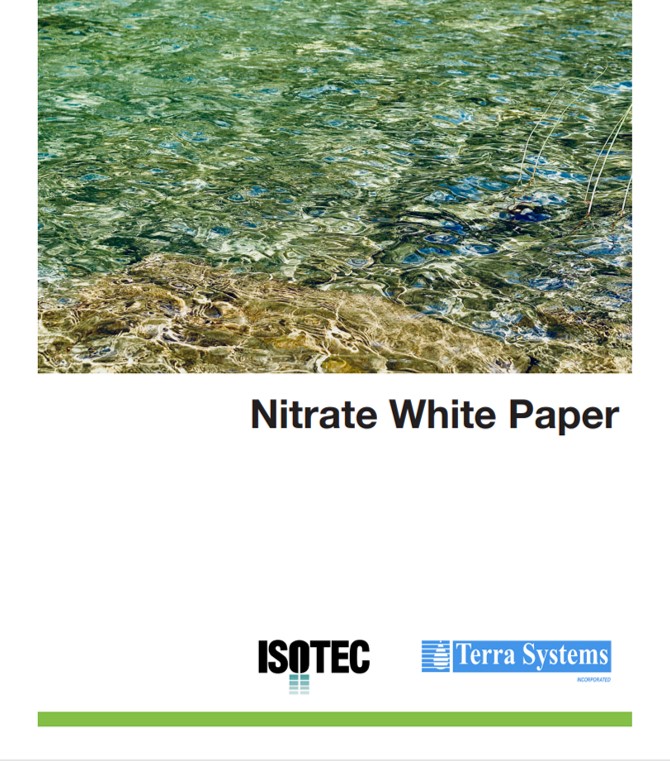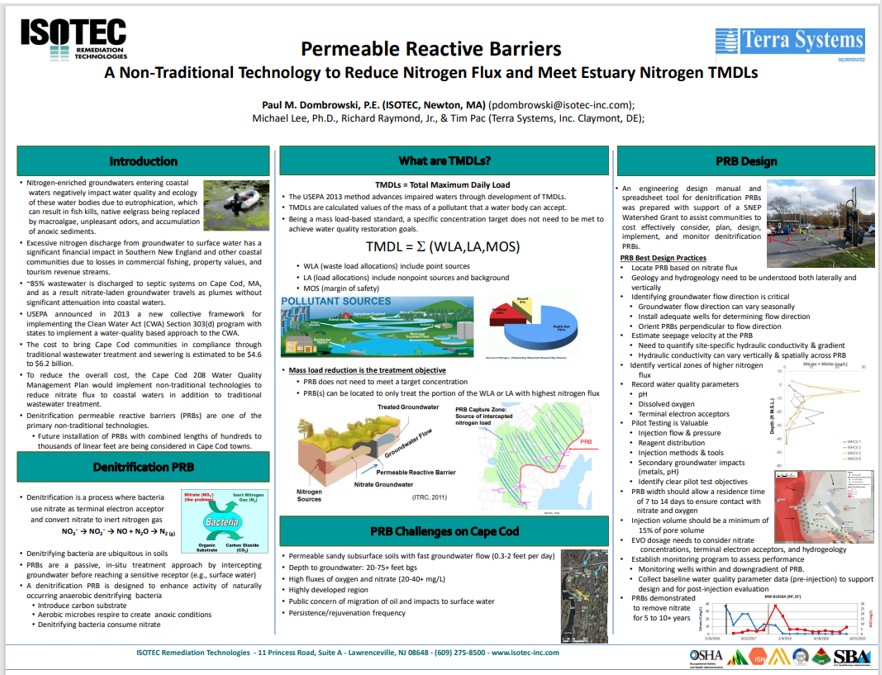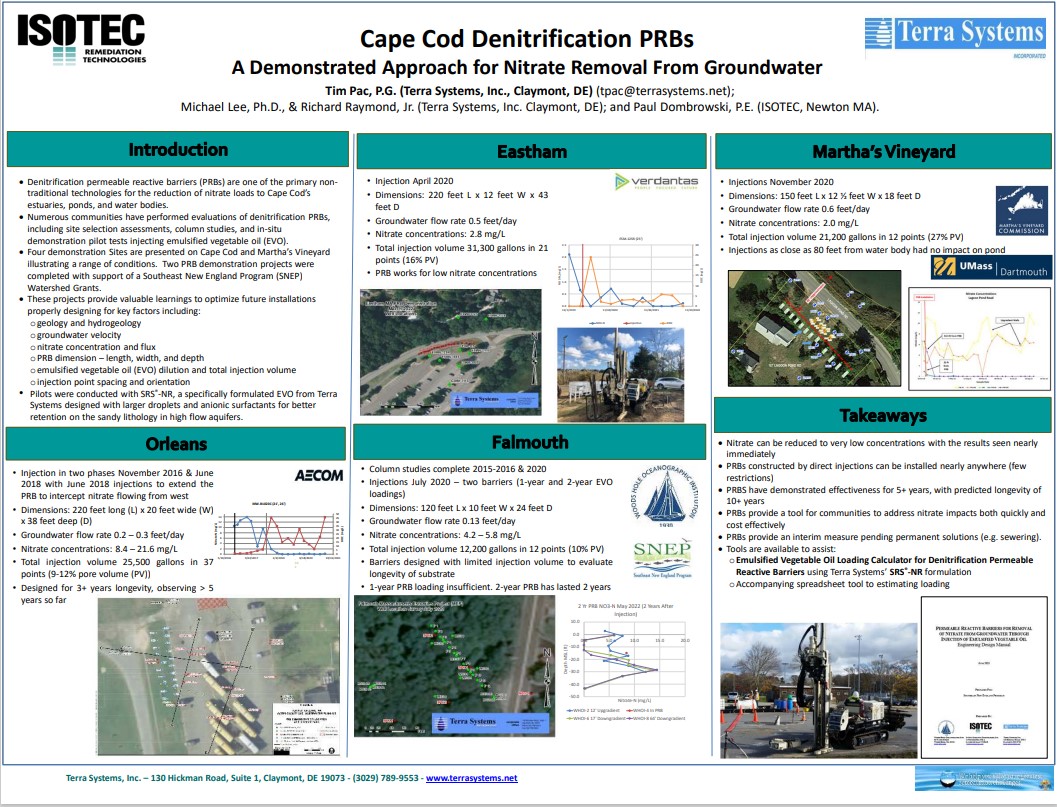Below are links to:
Technical Presentations
PERMEABLE REACTIVE BARRIERS (PRB)
PERMEABLE REACTIVE BARRIERS FOR REMOVAL
OF NITRATE FROM GROUNDWATER THROUGH
INJECTION OF EMULSIFIED VEGETABLE OIL
PREPARED FOR:
SOUTHEAST NEW ENGLAND PROGRAM (SNEP)
“This document is intended to assist coastal communities in Southeast New England and
beyond in design for reduction of groundwater nitrogen transport to surface waters.”
Southeast New England Program (SNEP)
Permeable Reactive Barriers
A Non-Traditional Technology to Reduce Nitrogen Flux and Meet Estuary Nitrogen TMDLs
Paul M. Dombrowski, P.E. (ISOTEC, Newton, MA) (pdombrowski@isotec-inc.com)
Tim Pac, CPG, Senior Engineer (Terra Systems, Inc. Claymont, DE) (tpac@terrasystems.net)
Michael Lee, Ph.D., Richard Raymond, Jr., & Tim Pac (Terra Systems, Inc. Claymont, DE)
technical papers for in situ bioremediation using our patented SRS® emulsified vegetable oil products, longevity of SRS®, and benefits of nutrients, vitamin B12, bioaugmentation, and buffers.
case histories for the application of in situ bioremediation in high groundwater flow rate, acidic, fractured bedrock, and chlorinated ethene and hexavalent chromium contaminated aquifers
useful links explaining the importance of PCE, links to useful documents, site questionnaires to estimate SRS® and oxygen demands, loading rate model, bioremediation of DNAPL at the SABRE project, management of chlorinated solvents, Sustainable Remediation Forum (SURF), and protocol for enhanced in situ bioremediation using edible oils
site evaluation tools for customers. In order to calculate the proper carbon loading for anaerobic applications and oxygen demand for aerobic applications the anaerobic site evaluation tool and aerobic site evaluation tool should be completed and returned to Dr. Mike Lee. If some data is currently unavailable Terra Systems will model the demand using a low, medium and high demand.
